India’s National Education Policy 2020 (NEP 2020) has set the nation’s vast education system on a bold new path—one powered by digital platforms, AI, and immersive learning. In just a few years, Indian classrooms have rapidly moved from blackboards to DIKSHA tablets, SWAYAM courses, and virtual labs. The policy’s focus on digital transformation, blended learning, and teacher upskilling has sparked an EdTech revolution that’s now a global case study. Yet, as urban classrooms leap ahead, persistent challenges—like unequal access in rural areas and public schools—show that India’s digital learning story is only just beginning.
NEP 2020: A Blueprint for Digital-First Education
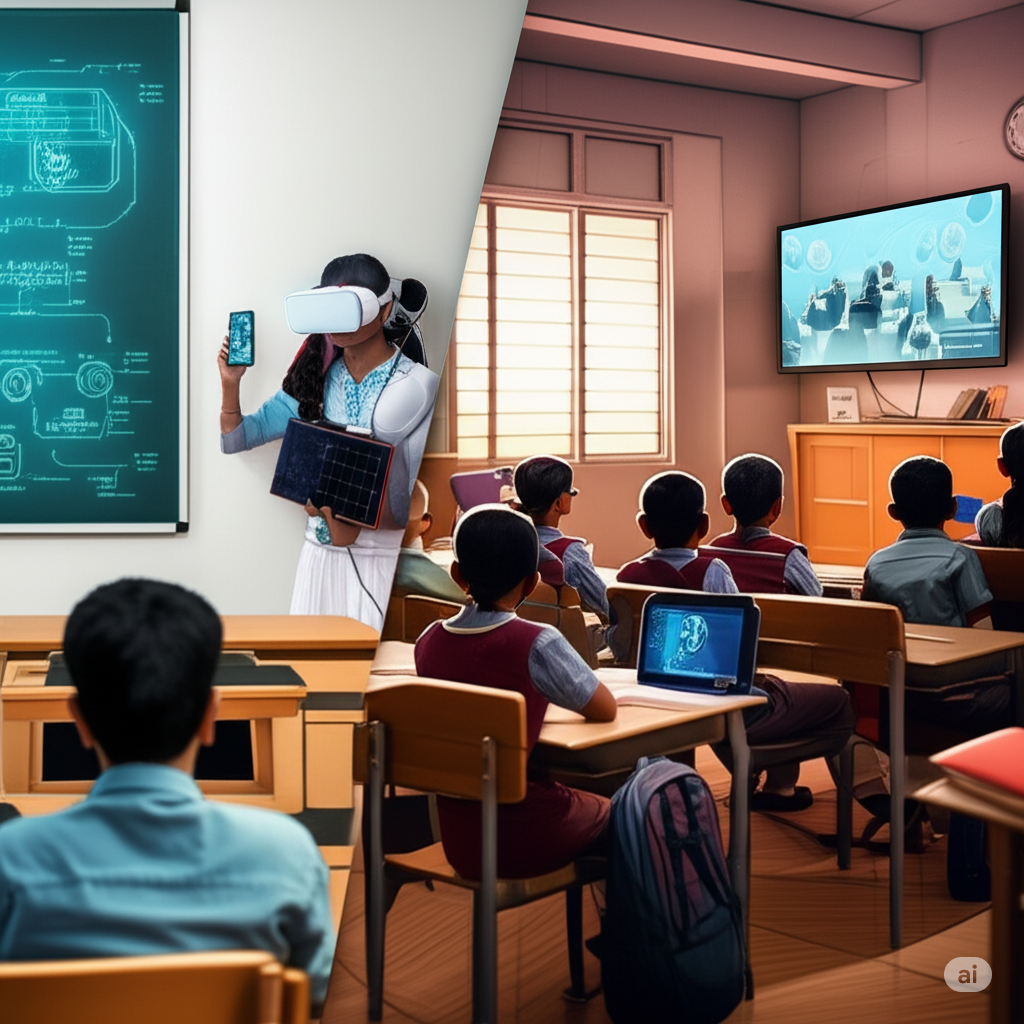
NEP 2020 doesn’t just update syllabi—it reimagines the whole learning experience. Here’s how:
1. Digital Public Platforms
- DIKSHA: A national digital infrastructure with textbooks, interactive lessons, and teacher training in 35+ languages, serving 200+ million users.
- SWAYAM: India’s massive open online course (MOOC) platform, offering free college-level courses from IITs, NPTEL, and more.
- Virtual Labs: Hands-on simulations and practicals for science and engineering—critical for schools lacking real lab infrastructure.
2. The National Education Technology Forum (NETF)
- NETF acts as an independent body advising on emerging EdTech, digital inclusion, and standards, making policy responsive to tech’s rapid pace.
3. Personalized & Immersive Learning
- AI-based platforms (e.g., Adaptive assessments, intelligent tutoring) tailor content to a child’s pace and style.
- Blended classrooms: Physical and virtual, synchronous and asynchronous—mixing best-in-class digital content with traditional instruction.
4. Teacher Upskilling and Digital Pedagogy
- Massive faculty training via online modules and communities of practice.
- Focus on digital tools, content curation, and assessment analytics.
The Impact: How NEP’s EdTech Push Is Changing Indian Classrooms
In Urban, Private, and Premier Institutions:
- High engagement with DIKSHA, SWAYAM, and paid EdTech apps (e.g., Byju’s, Vedantu) for K-12 and college learning.
- Rapid rise in virtual labs and STEM projects—even coding and robotics from early grades.
- Personalized learning paths—AI recommends next steps, reviews student weaknesses, and tracks mastery.
Short Example:
Maya, a 7th grader in Mumbai, finishes schoolwork on DIKSHA, reviews tough chapters via SWAYAM videos, and explores a virtual chemistry lab—while her parents receive daily progress alerts.
For Rural Students and Public Schools:
- Smartphone- or TV-based learning bridges gaps where computers aren’t widely available.
- State projects (like “E-Pathshala,” radio and WhatsApp classes) expand outreach, though device and connectivity gaps remain.
- Teachers receive digital lesson plans and upskilling modules via feature phones or simple tablets.
Persistent Digital Divides: Where Progress Lags
Despite bold initiatives, key challenges remain:
- Device & Connectivity Gaps: 45%+ of rural homes lack reliable internet or smart devices; girls and marginalized groups are often last to access tech.
- Teacher Readiness: Many public school teachers still struggle with tech adoption, with limited support in local languages.
- Infrastructure Strains: Power cuts, patchy networks, low-quality hardware make live or rich-media content unreliable for millions.
- Assessment & Certification: Preventing cheating and ensuring fair, personalized exams is an ongoing concern.
- Content Localisation: Digital content in many languages, tailored to local curriculums and cultures, remains a work in progress.
| EdTech Initiative | Reach (2024) |
|---|---|
| DIKSHA | 200+ million learners & teachers |
| SWAYAM | 130+ million certified learners |
| Virtual Labs | 10,000+ schools & colleges |
| Teacher E-upskilling | 2.2 million certified |
The Road Ahead: Bridging Gaps and Building on Gains
1. Invest Big in Rural Digital Infrastructure
- Affordable data plans, school Wi-Fi, and solar-powered devices.
- “Device libraries” or shared tablets for every rural school.
2. Leave No Teacher Behind
- Blended training: Local in-person coaching + regular digital mentoring in all regional languages.
- Peer communities for sharing digital pedagogy hacks—rural teachers teaching rural teachers.
3. Inclusion on Every Screen
- Gender-sensitive, mobile-first, and disabilities-accessible platforms.
- State/local curricular context, local stories, and community knowledge bank integration.
4. Smarter Assessments, Richer Feedback
- AI-driven, adaptive assessments reducing rote learning and providing granular, actionable feedback to both students and teachers.
- Protect integrity with secure, offline-compatible tools.
5. Foster EdTech Innovation
- Boost startups and research into next-gen immersive content: VR, AR, low-code, gamified learning.
- NETF-catalyzed partnerships with Indian universities and local entrepreneurs.
Conclusion: A Digital Revolution—But Inclusion Is the Real Final Exam
Thanks to NEP 2020, Indian education is more digital, dynamic, and personalized than ever before. But the promise of EdTech will only be fulfilled if every learner, in every village and school, can tap its benefits. The next chapter is about ensuring that innovation uplifts—not divides—India’s classrooms, making sure no child or teacher is left offline.
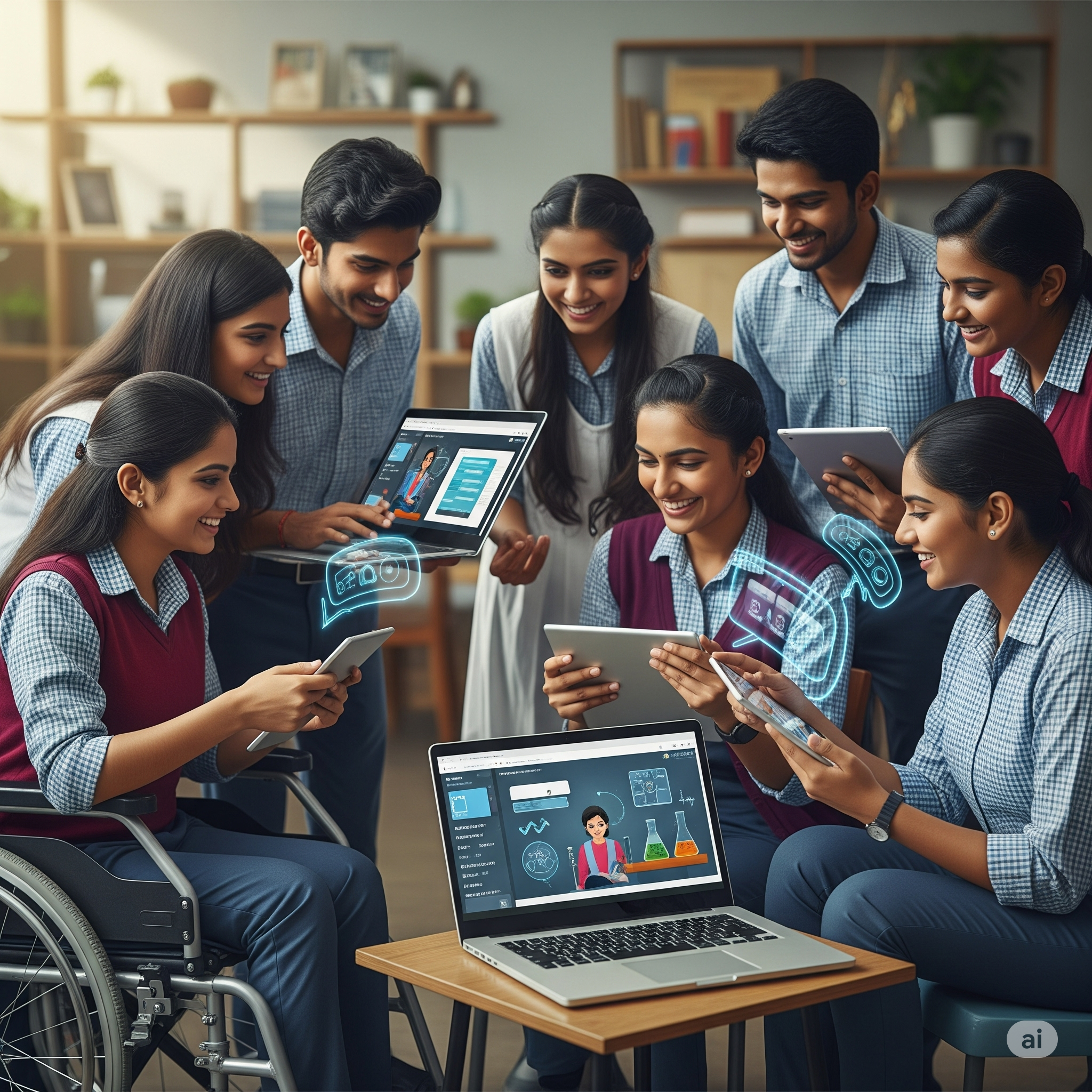

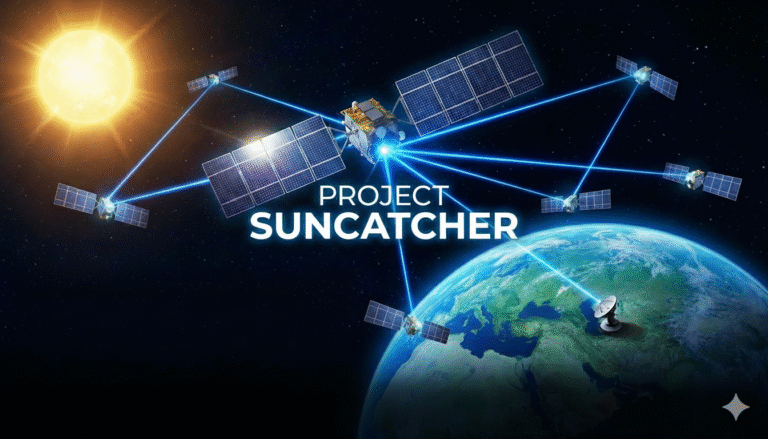
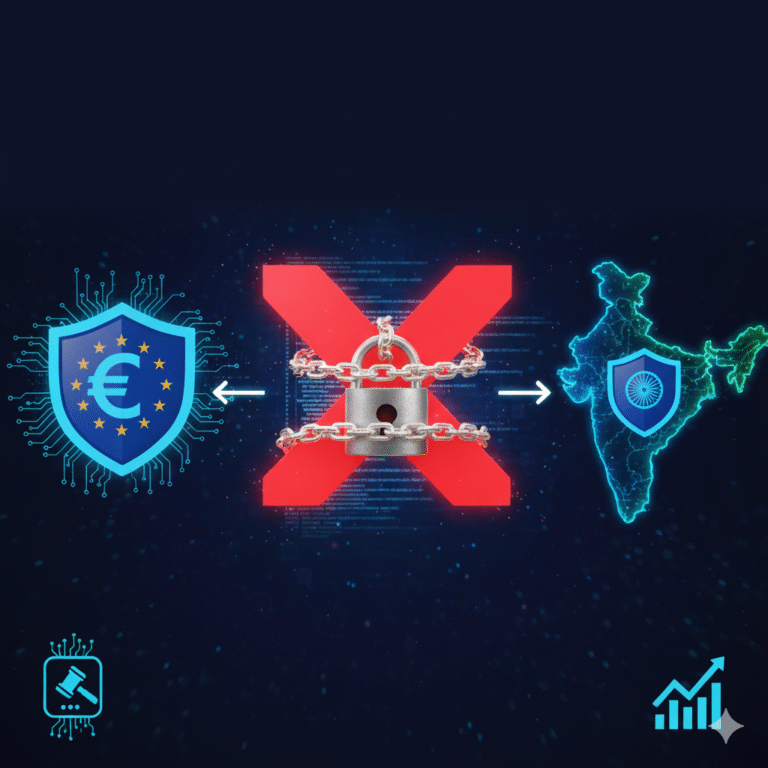



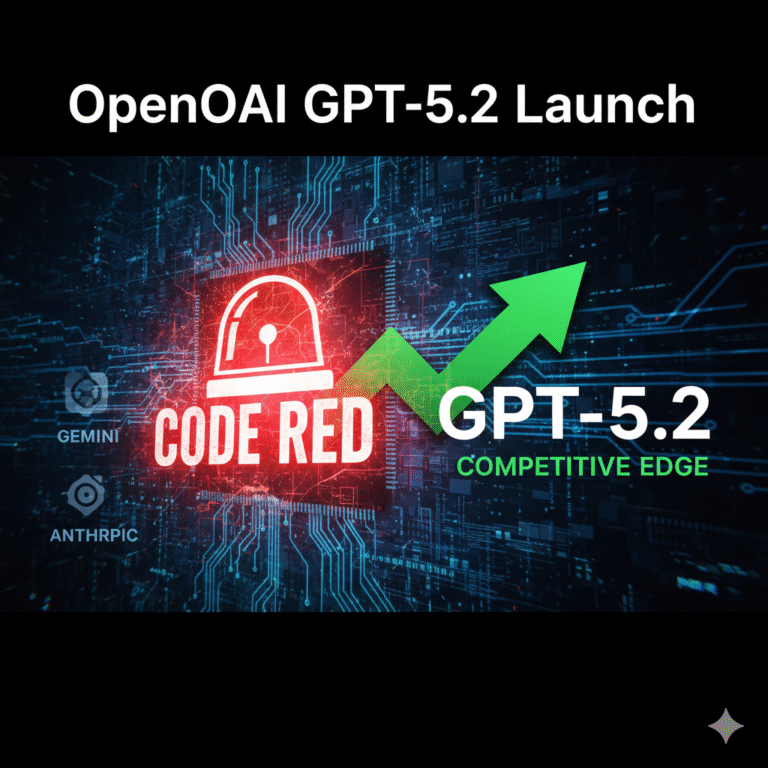
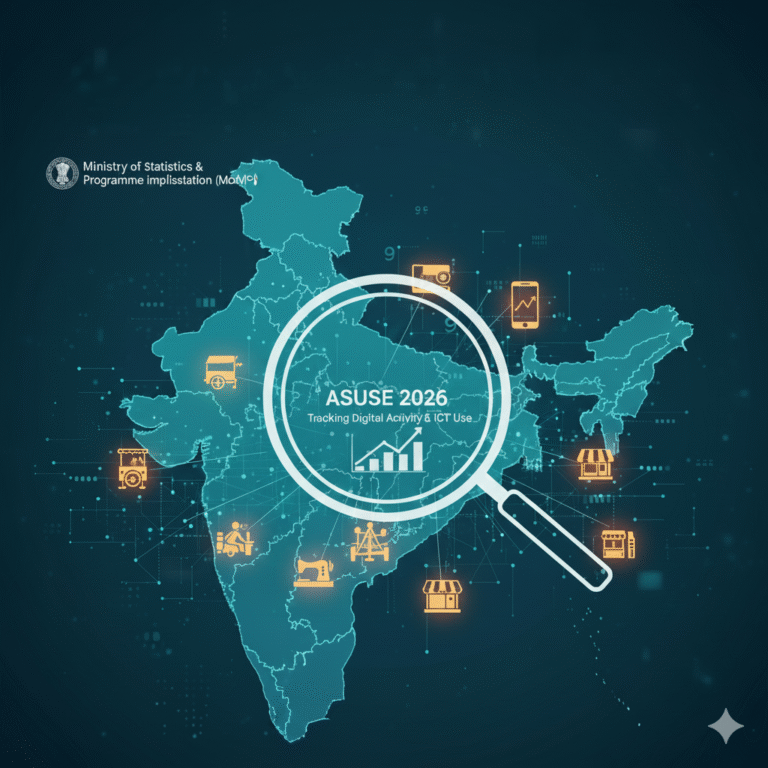
+ There are no comments
Add yours